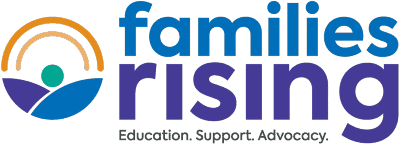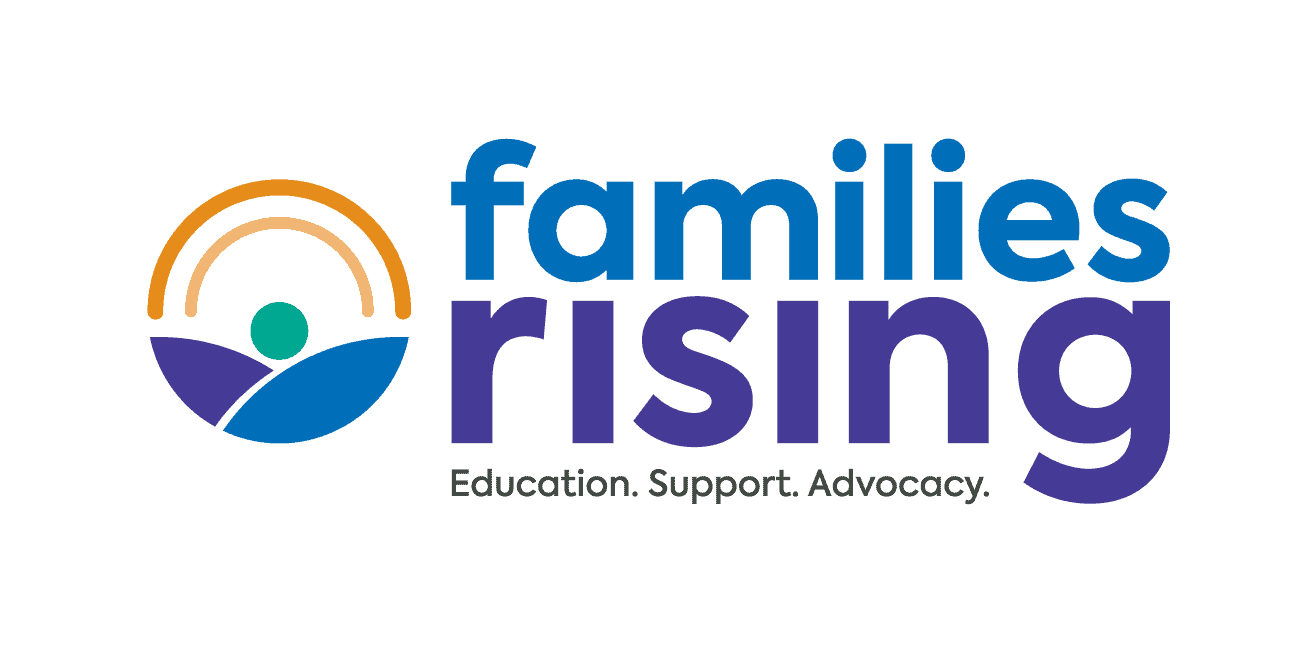By Mary Boo, NACAC executive director
Originally published in Adoptalk 2020: issue 3. Adoptalk is a benefit of NACAC membership.
For federal fiscal year 2019, the Adoption and Foster Care Analysis and Reporting System (AFCARS) found that than 66,035 children and teens were adopted with public agency involvement in the US—the highest number ever reported. At the end of the year (September 30, 2019), the number of children in care was 423,997, a slight reduction from 2018 (435,031).
You can download the full report here.
Foster Care at a Glance
The 2.5 percent decrease in the foster care population follows a decrease in 2018 as well. In general, though, foster care numbers have been fairly flat (ranging from about 421,000 to 436,650) over the last several years.
As usual, the goal for most children in care was to return home, with 55 percent having a case plan of reunification. Another 3 percent had a plan to leave care to live with relatives and 28 percent had an adoption plan.
Unfortunately, again this year, the case goal for 2 percent (7,398) of children was to remain in long-term foster care, and for 4 percent (16,880) of children the goal was to emancipate from care.
On average, children had been in care for 19.6 months, although 13.3 percent had been in care for three or more years. The average age of a youth in care was 8.4 years old.
Permanency for Children in Care
Adoptions from Care
AFCARS reported an increase in adoptions with public agency involvement, rising from 62,997 in 2018 to 66,035 in 2019, leading to a third year in a row for record adoption numbers. Of children who exited care in 2019, 26 percent left to adoption, a slight increase from the 22 to 25 percent range of previous years.
The average age of children adopted continues to be lower than the average of all children in foster care—6.4 years for those adopted compared to 7.8 for those waiting to be adopted. In 2019, 6,767 children older than 12 were adopted, including 112 who were 18 or older. Of course these numbers pale in comparison to the numbers of teens who are waiting to be adopted, which was more than 25,000 at the end of the fiscal year.
The report shows that 93 percent of children adopted during the year received adoption assistance benefits.
Of all adoptions, 52 percent were by foster parents, 36 percent by relatives, and 11 percent by individuals or couples who were neither kin nor foster parents. Most adopting parents were in a couple, although 26 percent were single women and 3 percent were single men. These numbers remain relatively static year to year.
Reunification and Kinship Families
Of children who exited care, 47 percent left to reunite with birth parents (down 2 percent from last year). It remains the primary reason children leave foster care, while 6 percent exited to live with relatives and 11 percent left care through guardianship, which is most often with kin.
Aging Out
In fiscal year 2019, 20,445 youth exited care because they aged out. This number has been on the decline, although the percentage of youth who left to emancipation (8 percent) has been relatively stable.
Waiting Children at a Glance
As of September 30, 2019, 122,216 children in care were waiting to be adopted, down from 125,285 in 2018. These children are, on average, 7.8 years old and have been in care for just over two and a half years. About half of all waiting children were under 7, while almost 21 percent were teenagers.
The racial makeup of waiting children is similar to previous years, with a difference between the populations of children waiting to be adopted and those adopted from care. In general, a higher proportion of children adopted from care are white (50 percent) than the proportion of the waiting child population (44 percent). Of children adopted from care, 18 percent are African American while 22 percent of waiting children are African American.
State-Level Data
AFCARS state-level data show that 34 states had a decline in their foster care population between 2018 and 2019. The most significant reductions were for:
• Delaware, 19.9 percent
• New Jersey, 19.8 percent
• Louisiana, 14.1 percent
The states that saw the largest increases were:
• Maine, 18.6 percent
• Rhode Island, 9.8 percent
• South Dakota, 9.4 percent
• Illinois, 8.8 percent
Twenty-two states increased their adoption numbers by more than 10 percent from 2018 to 2019, including:
• Mississippi, 66 percent
• Wyoming, 60 percent
• Idaho, 34 percent
• New Hampshire, 32 percent
A few states had significant decreases in their adoption numbers, including Rhode Island, Maine, and Utah.


